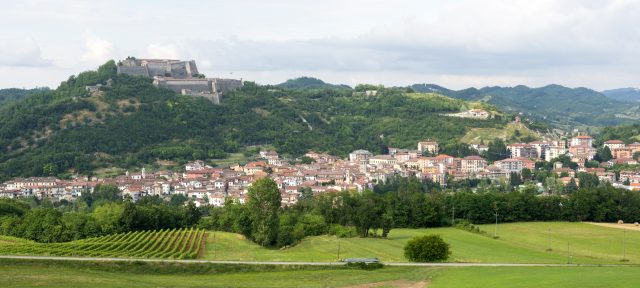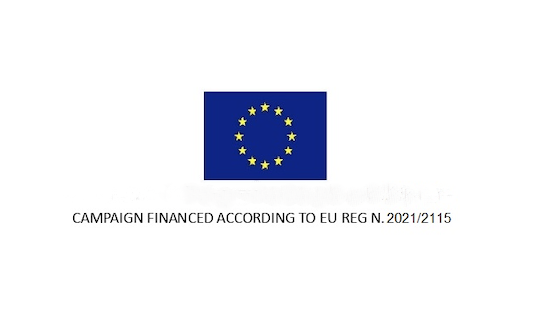This website uses cookies so that we can provide you with the best user experience possible. Cookie information is stored in your browser and performs functions such as recognising you when you return to our website and helping our team to understand which sections of the website you find most interesting and useful.
Gavi DOCG masterclass helps UK trade rediscover the region
Patrick Schmitt MW presented a London masterclass, titled ‘Discovering Gavi DOCG’, to promote the region’s diverse and versatile wines.

“I’m going to take you on my own discovery of Gavi,” said Patrick Schmitt MW, opening the Gavi DOCG masterclass in London on Thursday. The distinction – “my discovery” – was important. Like many at the tasting, he had known the wines of Gavi DOCG well for many years. However, the masterclass was structured around his recent first visit to the region, an opportunity to see the wines in their local context and dispel common misconceptions.
The attendees, a room filled with UK trade professionals, listened to a crash-course in the white wine denomination. The masterclass covered the region’s history, its geography and its market potential, before a tasting of 10 high quality wines.
Schmitt opened, however, with his “bombshells”, the facts that are easily forgotten until you visit the region. Though entertaining to demonstrate common misconceptions, they proved a serious point that Gavi is more complex than we might think.
Firstly, he reminded the audience that ‘Gavi di Gavi’ does not exist. The term is an incorrect contraction of Gavi del Commune di Gavi, which is just one of the classification’s 11 commune-specific sub-divisions, proof that the region is not a homogenous entity.
His second “bombshell” was that sparkling Gavi is an authorised style. Although production is low, and mostly for the local market, it was another strong reminder that Gavi encompasses a number of styles.
Schmitt then briefed the room on Cortese’s history in the region. The first documented mention of vineyards in the region dates to 972 and the first mentions of Cortese are from 1659. The Gavi denomination also has a relatively long history. It was first established as a DOC in 1974 before gaining DOCG status in 1998.
Next on the agenda, he explored the region’s scale and geography. Schmitt was keen to highlight its synergy of a small region, single variety and high quality, akin to regions such as Chablis. With just 1600 hectares under vine, however, the vineyard area is much smaller than Chablis’s 5000ha.
Even with relatively few vineyards, the area has significant variation. The overall Gavi DOCG region covers 20,000ha, meaning that vineyards span a wide variety of sites. Though linked by the semi-continental climate, Schmitt explored the altitudes, soil types and aspects that differentiate Gavi’s wines.
The masterclass concluded with a variety of reasons Gavi DOCG can succeed in the UK market. In the first instance, this addressed its key advantages on the wine list or the shop shelf. From consistently high quality to versatility in food pairing to an impressive resilience against climate change, Schmitt explored a host of reasons why Gavi DOCG deserves an enthusiastic reception in wine trade
He then presented the most compelling evidence: 10 bottles chosen on his recent trip to the region. He shortlisted the bottles as among the 20 best in a blind tasting of more than 70 wines. The 10 examples for the masterclass came from the shortlist, collectively showing the breadth of Gavi DOCG.
The wines expressed the delicacy and freshness often associated with the grape, but also demonstrated Cortese’s versatility in Gavi. Schmitt chose examples, for instance, that showed subtle oak influence and ones that demonstrated fine, food-friendly grip from cold soaking. He was particularly enthused by the aged examples, reminding the audience that aged Gavi is an undervalued expression. As a 10 glass snapshot of the region, it was a sure reminder that Gavi encompasses much more than the fresh, young archetypal style.


